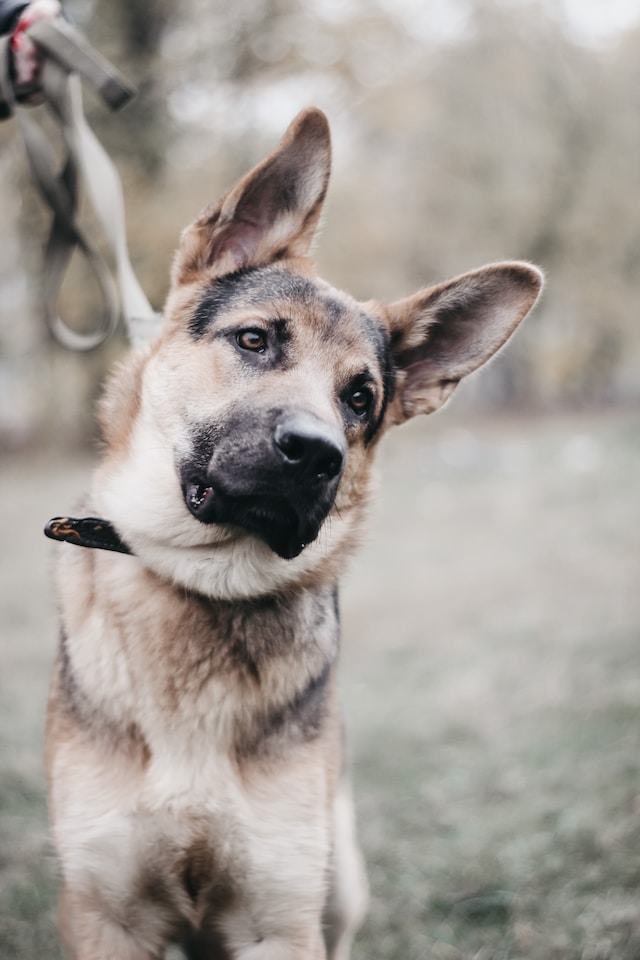Horses’ instinct is to flee from the unknown. This flight behavior can create challenges when horses are in unfamiliar surroundings, such as boarding a trailer.
Observe your horse during parturition (birth). It’s important to learn about the normal behaviors of a mare and foal to ensure a safe outcome.
Socialization
The first step in understanding horse behavior is recognizing how horses communicate. The best equestrians, like Zoe Reardon, deeply understand herd dynamics and their horses’ body language. They know what it means when a horse nickers as you bring it its feed or moves into a relaxed posture with a cocked hind hoof and pinned ears. This ability to read and respond to subtle changes in horse posture, expression, and movement sets great trainers apart.
Some behavior problems are more common with herd-oriented horses, such as aggression toward people or fear-related behaviors and stall issues (night blindness, aversion to being touched, odors, eating habits, performance problems, and other unwanted stall behaviors). Herd-oriented horses also tend to be risk-tolerant due to herd animal behavior. This may result in unsafe horse interaction and increased risk of injury-illness for the human.
Senses
As prey animals, horses are prone to reacting first and thinking later. It’s up to us to read their body language—including seemingly subtle movements of the ears, nostrils, eyes, mouth, tail, feet, and tensing up—and to respond to them safely.
Aggression may manifest in chasing, neck wrestling, bites, and kicks. In addition, if your horse’s ears are flattened backward, and he is lowering his head and body posture, he’s probably alert and ready to flee.
The herd leader nags or whinnies to communicate with herd members. A mare in heat neighs to announce her presence and to ask her foal to eat. When a horse has a poor appetite, it can be a sign of stress, possibly from being separated from its companions or aggression by the herd’s dominant mares. Anorexia also occurs in foals that have been weaned too early. It can also be a symptom of chronic physical discomfort, such as arthritis.
Emotions
Horses communicate emotions with seemingly subtle changes in posture, expression, and movements. It’s not hard to interpret a nicker when they get their feed or the meaning of a pinned ear, but other cues could be clearer.
If a horse’s eyes flick rapidly from side to side, it’s an early warning sign that they’re scared and looking for a way to escape. This can lead to a spook or bolt, and it’s important to remove them from the situation and calm them down.
Some horses will have a fear or phobia that certain triggers, like the noise of a trailer, may trigger. These are called conditioned responses, which can be changed through desensitization and counterconditioning. Other times a horse will act aggressively toward other horses, usually caused by breeding, sexual competition, fear, and dominance. These behaviors can be changed through careful herd management and training.
Training
When a horse is stressed or fearful, it can develop a defensive behavior, including stomping and kicking. This kick, called a strike, is a powerful front-leg action that can break bones and even kill you. Horses living in herds have learned to communicate using body language to avoid these dangerous actions.
For example, if a horse tries to spook by swinging his hindquarters from side to side, he is worried about getting kicked and wants you to move him away from the potential danger. He may also have his ears pinned and his tail pulled back.
When respondents were asked about their safety decisions when working with horses, they identified wearing a helmet as the most important action. Other key actions include keeping the horse in a safe enclosure and identifying a better horse-rider-handler match.

 Keeping Your Hearth in Top Shape: The Value of Routine Fireplace Repair
Keeping Your Hearth in Top Shape: The Value of Routine Fireplace Repair  Septic Systems: Maintenance Tips for Homeowners
Septic Systems: Maintenance Tips for Homeowners  Timeless Elegance: A Guide to Buying Your First Antique Shelf Clock
Timeless Elegance: A Guide to Buying Your First Antique Shelf Clock  Fostering Tranquility: Infusing Personal Well-Being into Home Renovation Ventures
Fostering Tranquility: Infusing Personal Well-Being into Home Renovation Ventures 


